The Leica M9 is old now, and unlike the M8, the last few copies are going to fail due to sensor corrosion. While they’re still alive, however, they remain amazing cameras.

The M9, like all the Leica M series devices, is a rangefinder camera. That means you don’t focus through the lens, but rather through the viewfinder. The camera uses a clever bit of mechanical coupling to link the focus ring on the lens to a series of optical devices in the body. If you ever focused using a classic SLR you likely used the “split prism” focus system, where you aligned to two halves of a reticle in the center of the viewfinder to achieve correct focus. Rangefinder cameras, since they don’t focus through the lens, rely on a separate small view superimposed over the image in the viewfinder. To focus you align a small central rectangle with the larger viewfinder view. It is both different and the same to focusing on an SLR. Plenty of videos exist online if you want to see the two systems in action.
The camera body follows the same basic layout as the M8 (which preceded it) and the M240 (which succeeded it). It’s slightly thicker than the older M series bodies, most notably the M6 and M7, to which it is often compared. Having used both the M6 and the M9, the difference is noticeable but perhaps not overly annoying. Holding cameras like this, with no grip and very boxy edges, is always going to be something of a challenge, especially for people with smaller hands like me.
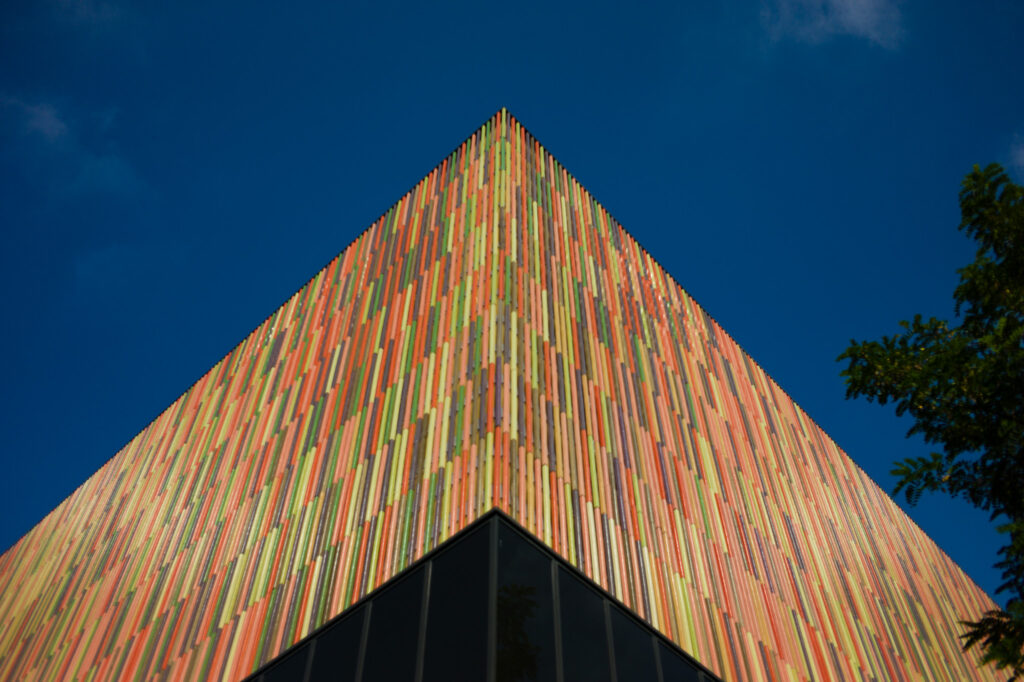
The M9 is heavy for its size, and feels well built. The screen was terrible even when it was new, so don’t be too surprised. Images shown on it are bare approximations of what the end result might be. Along with this deficiency, the plastic they used to cover the screen is prone to scratches. These scratches were one of the reasons I opted to get the M-P 240, which a sapphire glass screen.
My one gripe with the device was always the shutter recock sound. The shutter itself has a pleasant snick, not at all unpleasant. The internal motor used to reset that shutter, however, is very loud. You can clearly hear it from a few feet away. The sound is somewhere between a buzzing and a whirring, with an emphasis on grinding. It was so bad that Leica added a special mode, only found on these cameras, that allowed you to delay the reset of the shutter until you released the shutter button (saying shutter so many times in a sentence sounds wrong). Is it the end of the world? No, but it was a huge nagging annoyance that I had with the device.
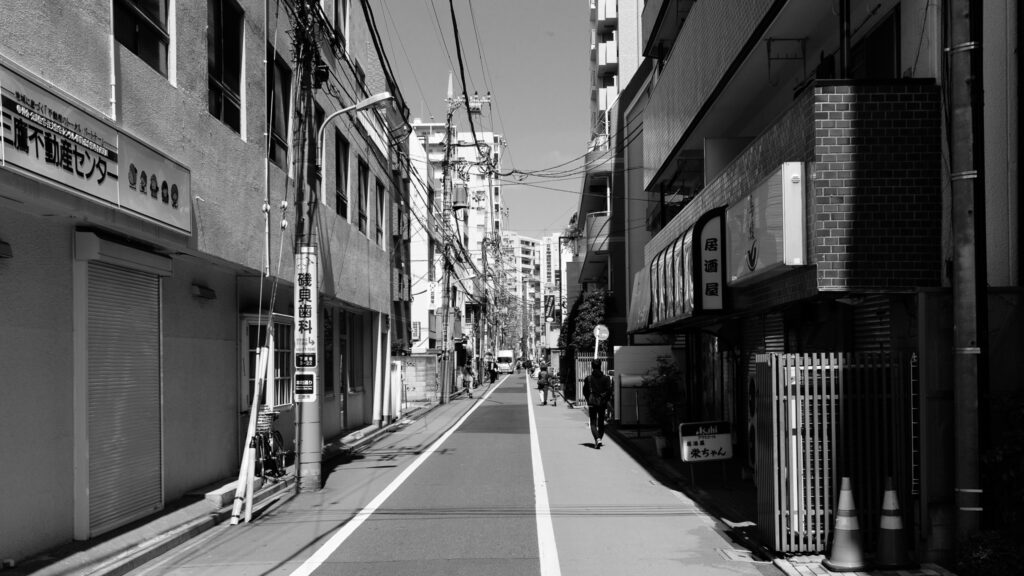
The M9 image quality was always great. The sensor’s color profile was great right out of the camera, even in RAW. The files were pleasantly malleable when edited, and the sensor resolved very well with all lenses produced up to its point of production. Some of my favorite images I’ve taken came from the M9. As long as you were careful with exposure, the camera was a delight to use. I always used it as if it were a heavy M6 loaded with slide film, and was very rarely disappointed.
People go after a digital M camera for the lenses, of course. Leica has been producing M series lenses for many decades, and has a huge used catalog available all over the world. With the exception of a few collapsible lenses, the entire catalog works ver well on the M9. Modern, optically coded lenses even have their data encoded into the RAW file for easy reference later. For less modern lenses, many could be optically coded after the fact.
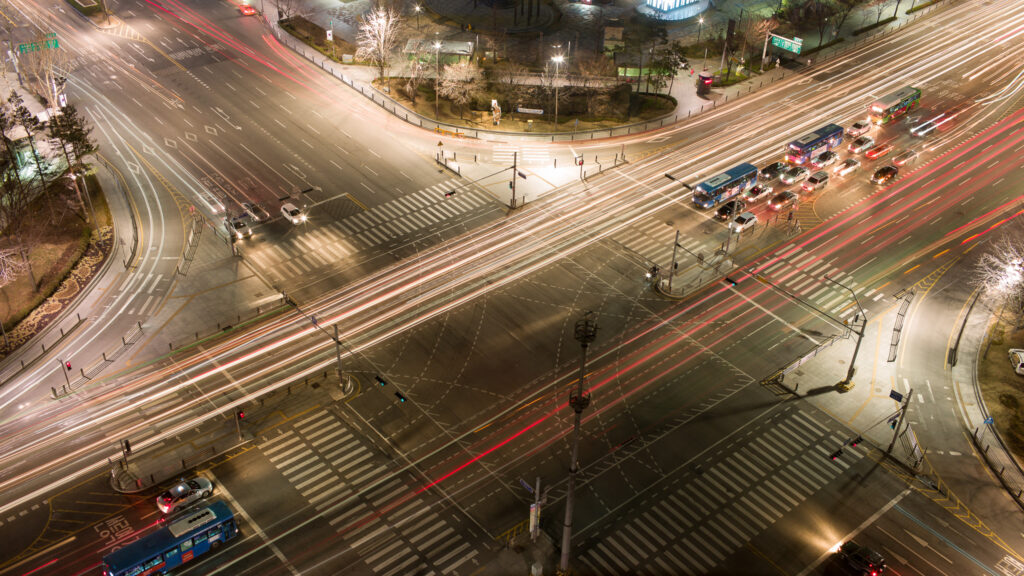
The M9 is not a great low light camera. This is largely due to the CCD sensor, and the technology at the time. Push the shadows much in post at all and you will see banding, color cast, and unpleasant color noise. While the camera has a pleasant noise profile in general use, it gets worse quickly as the amount of light available to the sensor falls. That doesn’t mean the camera couldn’t take some pretty great long exposure shots, the problems only occurred when trying to rescue a poorly exposed image.

The M9 uses a CCD sensor rather than the more common CMOS we see in all subsequent M series cameras and, in general, the majority of all other digital cameras released since. While the color and grain pattern of the CCD sensor is impressive, the sampling rate and low light performance left much to be desired.
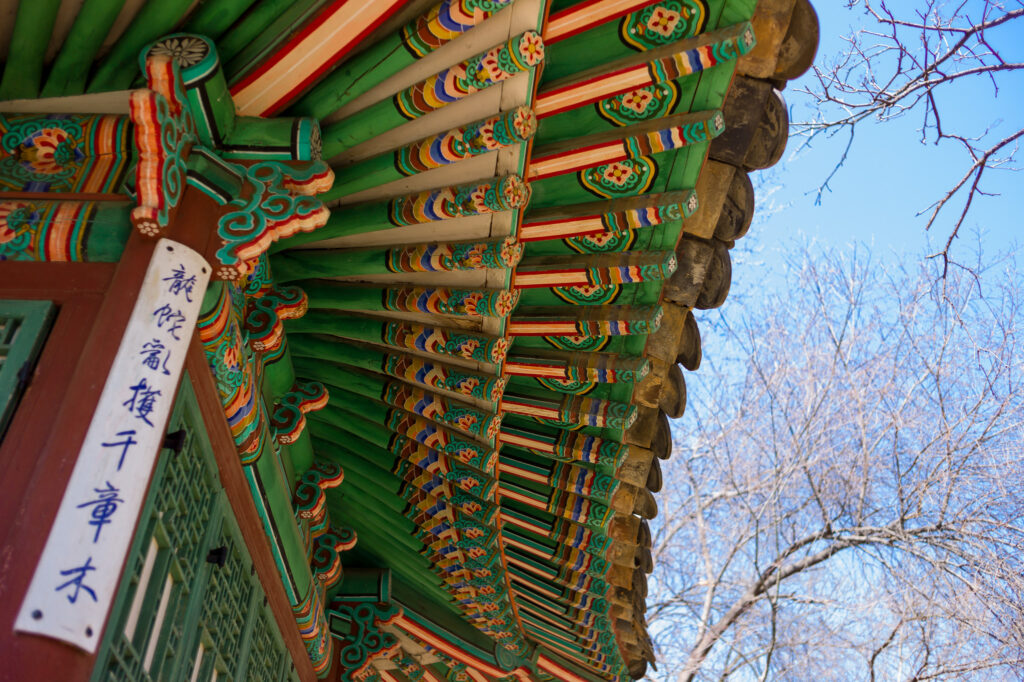
Ultimately all M9 series cameras will need sensor replacements, or at the very least a sensor coating replacement. The original and replacement sensors suffered from a specific sort of corrosion that ate away at the surface. Over time all M9 series cameras will experience this. It manifests in many ways, but it often starts out looking like persistent dust. Over time this can grow much worse, eventually covering the entire sensor and resulting in obvious artifacts in images.
The original solution provided by Leica was a replacement sensor, a practice they have since ended. While the replacement sensors worked for a time, they are also susceptible to the corrosion experienced by the originals.
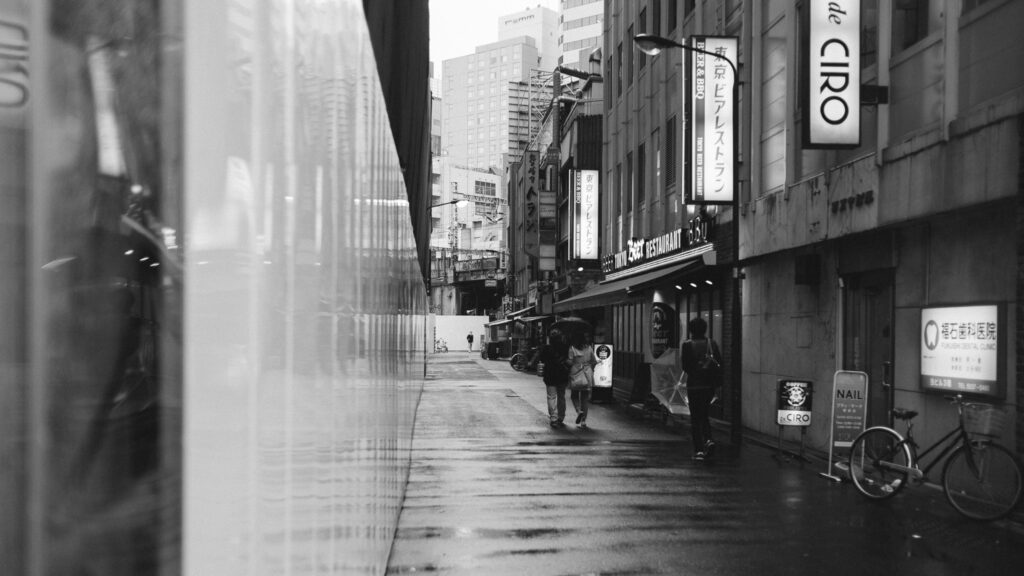
So, Leica no longer repairs the cameras, and there are no new sensors being produced, what are your options? There are a few, at least two companies now offer repair for corroded sensors, though how durable their solution is has yet to be fully tested. Apparently these are not replacement sensors, but rather a repair to the coating and glass. There are slightly different light transfer characteristics associated with the change. These same companies often also offer conversion to monochrome.
How do all these work? I have no idea! I sold my M9 back to Leica when I bought the M-P 240.

I, personally, cannot recommend that anyone buy an M9. They are a doomed series of cameras. Can they be repaired? Possibly! But, like all electronics, digital cameras have a lifetime. The parts needed to repair them stop being made and become obsolete, the expertise required to repair them is replaced. While I liked my M9 very much, I do not regret selling it.
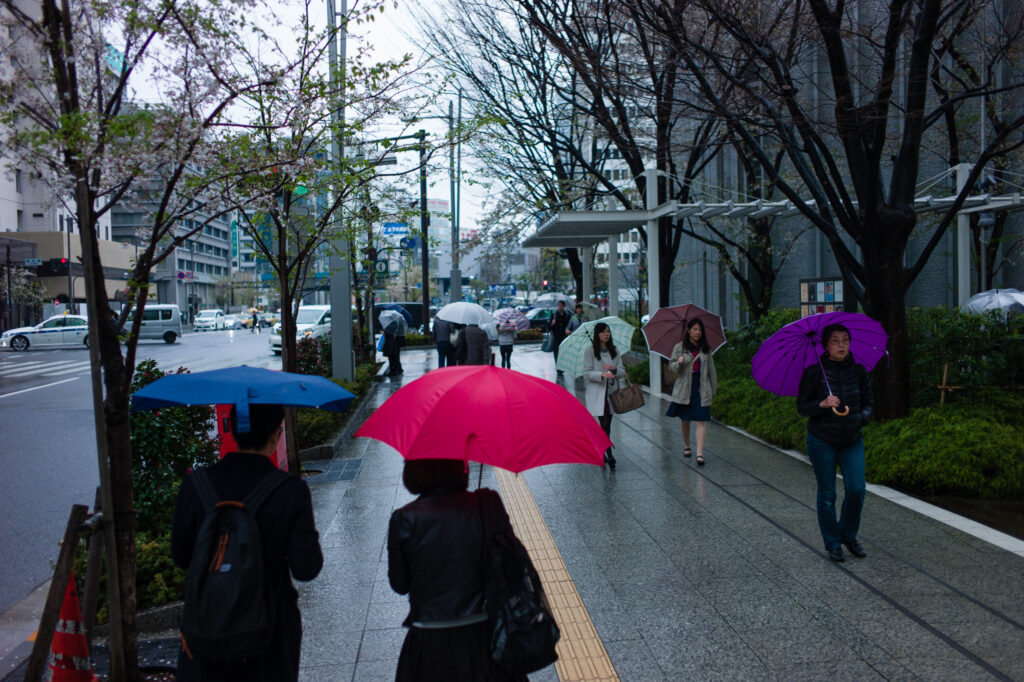
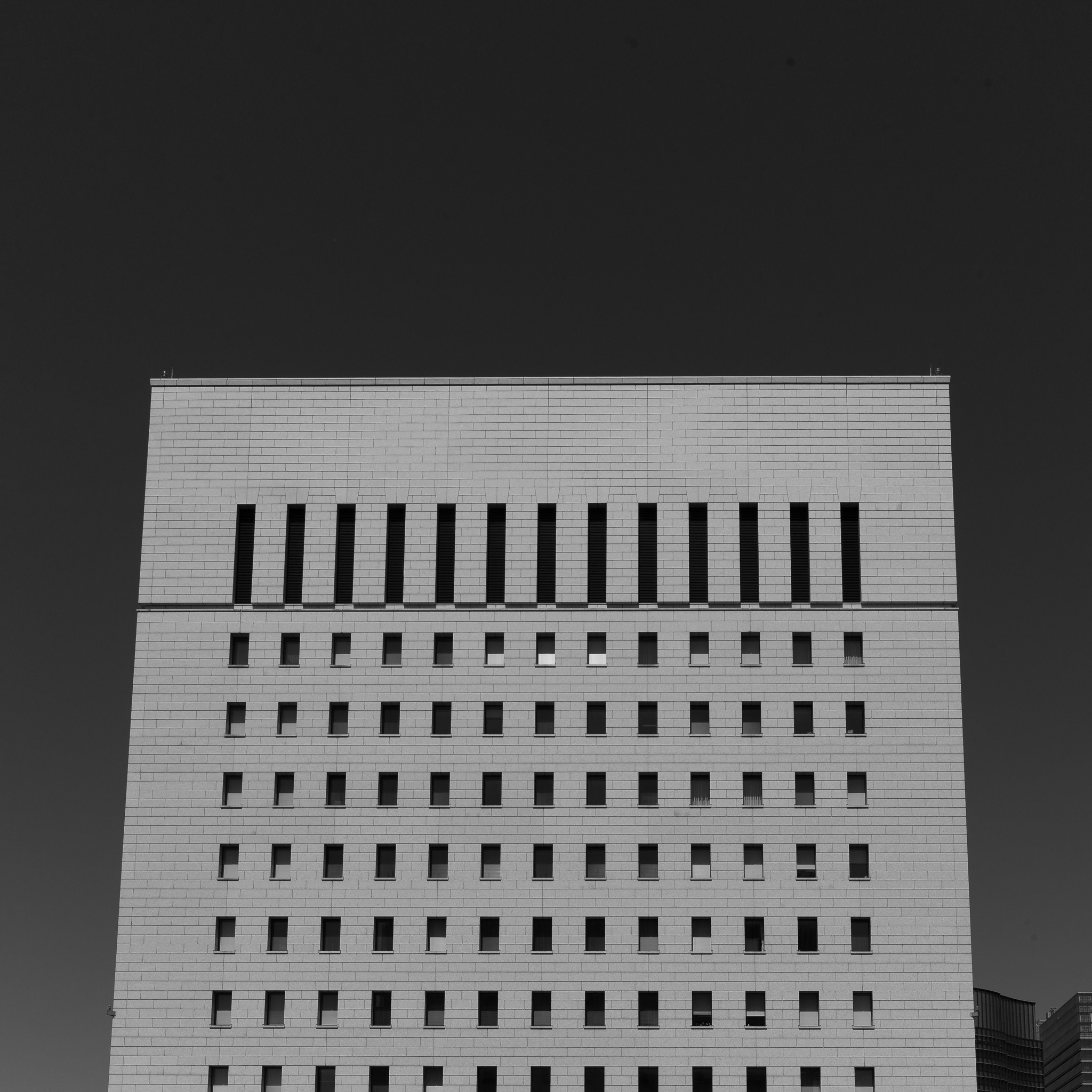
Leave a Reply